I am new to programming and currently working on a newsfeed like app. I had a normal Table view up and running fine, but want to try it now with a costume cell type. So I created one and thought connecting the labels the usual way would be perfectly fine, but I was wrong. So I am wondering how I can let my Text label connect to my view controller, so I can use my custom cell.
class ViewController: BaseViewController, UITableViewDelegate, UITableViewDataSource {
@IBOutlet var newsfeedTableView: UITableView!
var ref: DatabaseReference!
var posts = [String]()
func tableView(_ tableView: UITableView, numberOfRowsInSection section: Int) -> Int {
return (posts.count)
}
func tableView(_ tableView: UITableView, cellForRowAt indexPath: IndexPath) -> UITableViewCell {
let cell = UITableViewCell(style: UITableViewCell.CellStyle.default, reuseIdentifier: "cell")
//here is where I need the custom label to get the posts
cell.textLabel?.text = posts[indexPath.row]
cell.textLabel?.font = UIFont.boldSystemFont(ofSize: 18.0)
return cell
}
}

